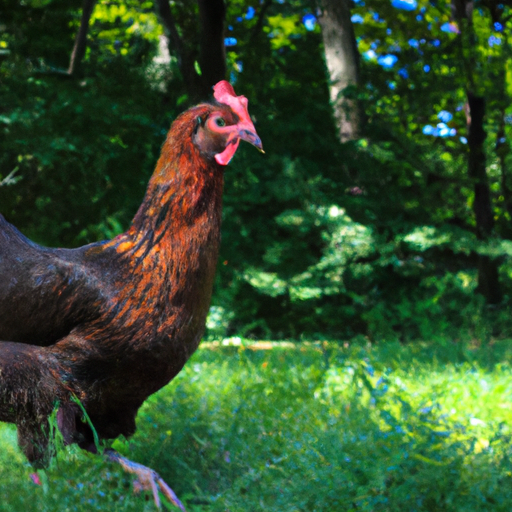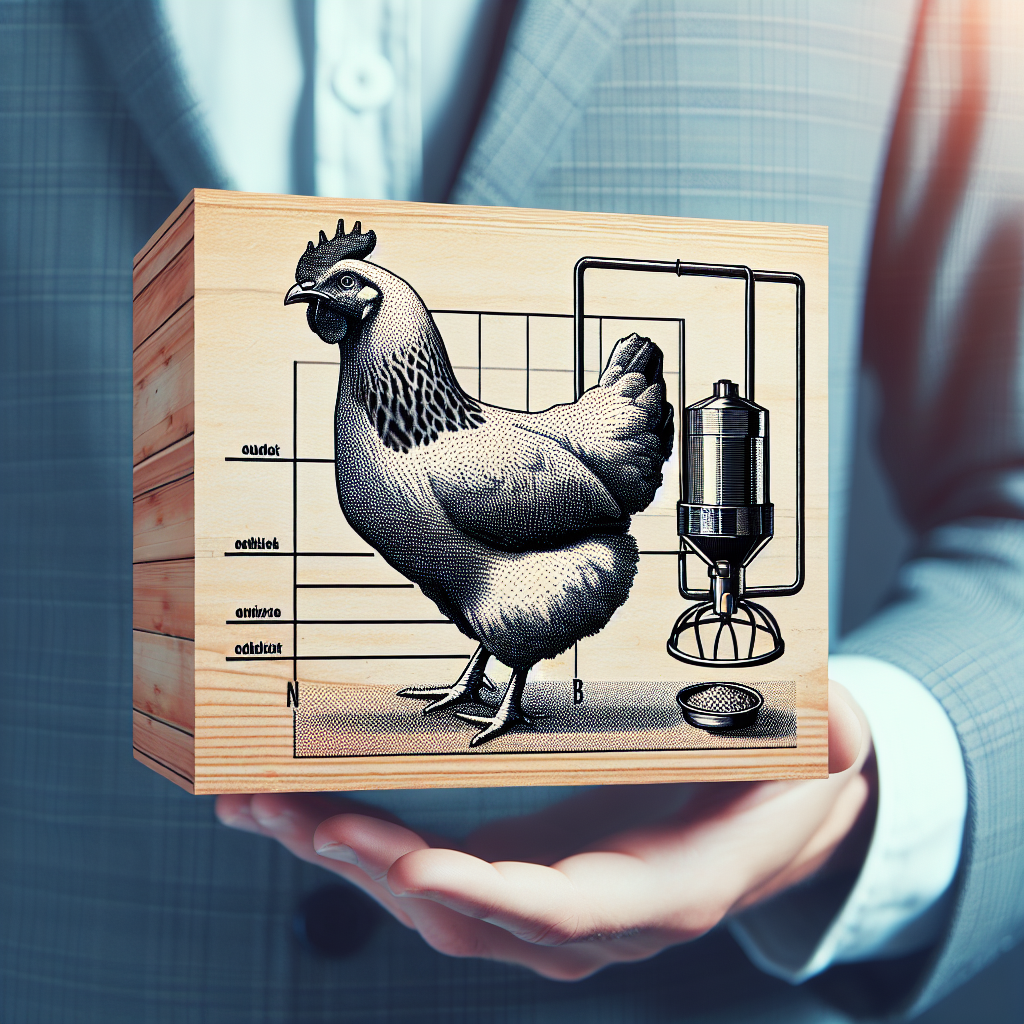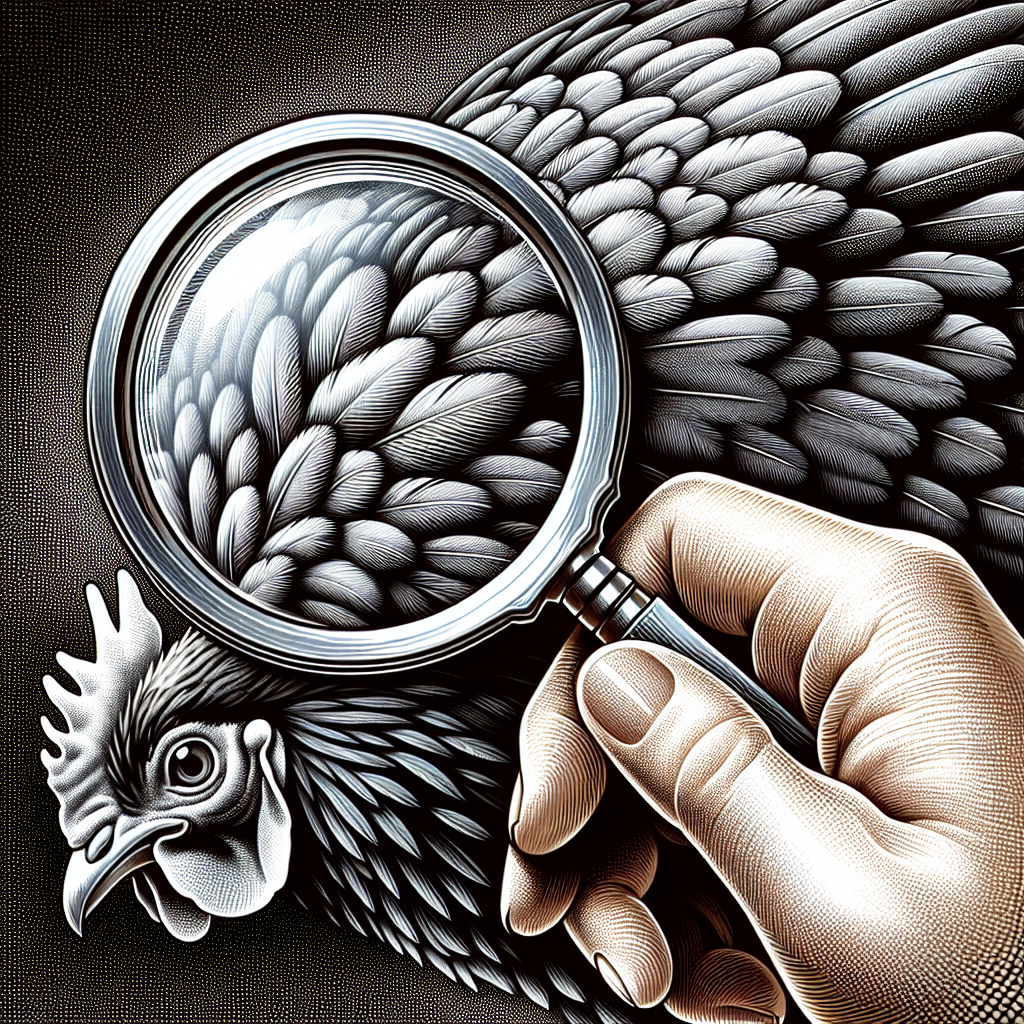If you’re a flock owner or an aspiring poultry farmer, one question that may be on your mind is, “How often should I rotate my flock’s free-ranging areas?” As you strive to provide the best care and environment for your feathered friends, it’s crucial to understand the importance of rotational grazing. In this article, we’ll explore the benefits of rotating your flock’s free-ranging areas, the factors to consider when determining the frequency, and some practical tips to help you make informed decisions. So, let’s take a closer look at how you can create a healthier and more sustainable habitat for your flock through strategic pasture rotation.
Why Rotate Free-Ranging Areas?
Free-ranging areas provide numerous benefits for poultry, from access to fresh forage and insects to opportunities for exercise and natural behaviors. However, it is essential to rotate these areas regularly to ensure efficient resource use, minimize disease risk, and maintain healthy soil.
Efficient Use of Resources
Rotating free-ranging areas allows for the efficient use of resources such as forage and pastureland. By moving the flock to different areas, you can ensure that the birds have access to a variety of plant species and insects while preventing overgrazing. This not only maximizes the nutritional intake of the flock but also preserves the grass and vegetation, promoting regrowth and long-term sustainability.
Minimize Disease Risk
Regular rotation significantly reduces the risk of disease transmission within the flock. When chickens are confined to the same area for an extended period, the accumulation of manure and the buildup of pathogens can lead to increased disease incidence. By rotating the flock to fresh areas, you can break the disease cycle, minimize exposure to parasites and pathogens, and improve overall flock health.
Maintain Healthy Soil
Rotating free-ranging areas also benefits the soil health. When chickens continuously graze in one spot, they can deplete the soil’s nutrients, leading to poor vegetation growth and soil degradation. By rotating the flock, you allow the soil to rest and recover, preventing nutrient depletion and promoting the development of healthy microbial activity. This, in turn, enhances soil fertility, reduces erosion, and contributes to a sustainable environment for your flock.
Factors to Consider
Before determining the frequency of rotation, several factors need to be taken into account. These factors will help you make informed decisions regarding the welfare of your flock and the sustainability of your free-ranging system.
Flock Size
Consider the number of chickens you have in your flock. A larger flock may require more frequent rotation to prevent overgrazing and ensure adequate foraging opportunities for all birds.
Available Space
Evaluate the size of your available pastureland or free-ranging area. The larger the space, the longer you can wait between rotations. Adequate space allows for better regrowth of vegetation and minimizes the risk of soil compaction.
Vegetation Health and Growth
Take note of the vegetation’s health and growth in your free-ranging areas. If you notice signs of overgrazing or inadequate regrowth, it may be necessary to increase the frequency of rotation to avoid nutrient depletion and encourage healthy plant growth.
Weather Conditions
Consider the weather conditions in your region, as they can affect vegetation growth and the overall suitability of the free-ranging areas. Areas with abundant rainfall or seasonal variations may require more frequent rotation to optimize forage availability and minimize damage caused by adverse weather.
Determining the Rotation Frequency
Determining the rotation frequency depends on establishing a baseline, monitoring the impact, and adjusting based on observations. This iterative process allows you to fine-tune the rotation schedule to meet the specific needs of your flock and the available resources.
Establishing a Baseline
Start by implementing a rotation schedule based on factors such as flock size, available space, and vegetation health. This initial baseline will serve as a starting point for evaluating the impact of rotation on your flock and the surrounding environment.
Monitoring the Impact
Regularly monitor the condition of the free-ranging areas, the health of the flock, and the changes in vegetation growth. Keep a record of any observations, such as the amount of forage available, the general behavior of the chickens, and any signs of disease or nutrient deficiency. This information will guide you in assessing the effectiveness of the current rotation frequency.
Adjusting Based on Observations
Based on your observations, make adjustments to the rotation schedule as needed. If you notice signs of overgrazing, nutrient deficiency, or disease, consider increasing the rotation frequency. Conversely, if there is ample forage available and the flock appears healthy, you may reduce the rotation frequency. Regular evaluation and adjustments will help you maintain a sustainable and optimal free-ranging system.
Seasonal Rotation
Seasonal rotation takes into account the specific needs and challenges presented by each season. Adapting the rotation schedule to the changing requirements of your flock can help optimize resource utilization and maintain flock health throughout the year.
Spring Rotation
Spring is a crucial time for rotation as vegetation regrowth becomes more abundant. This is an opportunity to allow the flock to access fresh, nutritious forage while promoting the recovery of vegetation in previously grazed areas. Consider increasing the rotation frequency in the spring to take advantage of the increased growth.
Summer Rotation
During the summer, the heat and increased insect activity can pose challenges to the flock’s well-being. Rotate the flock to areas with shade and consider implementing sprinkler systems or mud wallows to help them stay cool. Adjust the rotation frequency based on the availability of shaded areas and the need for insect control.
Fall Rotation
As the summer heat subsides, fall provides an opportunity to reintroduce the flock to previously grazed areas. The cooler temperatures and reduced insect activity make it an ideal time to allow the flock to graze on regrown vegetation. Adjust the rotation frequency to match the availability of grass and forage during this season.
Winter Rotation
Winter rotation may require careful planning, especially in areas with colder climates. Consider providing protective shelters or covered areas to prevent exposure to harsh weather conditions. During this season, the rotation frequency may be reduced, focusing more on providing sheltered areas with access to minimal forage.
Rotational System Options
Various rotational systems can be employed to manage free-ranging areas effectively. Each system has its benefits and challenges, allowing you to choose the most suitable approach for your specific circumstances.
Fixed Rotation
A fixed rotation involves dividing the free-ranging area into separate paddocks or sections, and the flock is moved systematically from one section to another. This system is particularly useful when you have limited space or need to maximize resource utilization.
One-Time Rotation
In a one-time rotation, the flock is moved only once to a different area. This option is suitable when you have a small flock or limited resources, and manually moving the chickens is more manageable. However, additional measures may be required to ensure forage availability and prevent overgrazing in the long term.
Periodic Rotation
Periodic rotation involves moving the flock to a different section of the free-ranging area periodically over a set interval. This system allows for improved forage growth, disease control, and efficient resource utilization. By rotating the chickens regularly, you can maintain healthy vegetation and optimize the overall productivity of the free-ranging system.
Mob Grazing
Mob grazing involves confining the flock to smaller paddocks for short durations. This concentrated grazing intensifies the impact on vegetation and soil, promoting faster regrowth and nutrient cycling.
Benefits
Mob grazing stimulates plant growth and improves soil health by incorporating chicken manure and breaking down plant material. It also helps control pests and weeds, contributing to a cleaner and more productive free-ranging area.
Challenges
Mob grazing requires careful management to prevent overgrazing and soil compaction. It may require more intensive fencing and monitoring to control the flock’s movement and prevent damage to vegetation.
Leader-Follower System
A leader-follower system involves utilizing another species, such as cattle or larger livestock, to precede the chickens and graze on the vegetation. The flock follows these animals, utilizing the remaining forage and promoting regrowth.
Benefits
The leader-follower system allows for more efficient use of forage and reduces the need for intensive fencing. By utilizing the forage that larger livestock do not consume, it minimizes wastage and provides an additional measure of biosecurity for the chickens.
Challenges
Coordinating the movement of different livestock species can be challenging, requiring careful planning and monitoring. It is essential to ensure that the preceding livestock do not consume or trample the vegetation required for the chickens.
Continuous Rotational Grazing
Continuous rotational grazing involves dividing the free-ranging area into smaller paddocks and allowing the flock to continuously graze. The chickens move freely between the sections, providing a balance between resource utilization and regrowth.
Benefits
Continuous rotational grazing mimics the natural movement of poultry, promoting exercise and natural behaviors. It allows for consistent access to fresh forage while still allowing areas to rest and regrow. This system requires minimal effort in terms of regularly moving the chickens.
Challenges
Continuous rotational grazing requires careful monitoring to prevent overgrazing and ensure optimal vegetation regrowth. It may require more extensive fencing to guide the flock’s movement and prevent them from concentrating in a particular area.
Monitoring and Evaluating
Regular monitoring and evaluation of the rotational system are essential to ensure its continued effectiveness and identify any necessary adjustments. Several methods can be employed to gather the necessary information.
Record Keeping
Keep detailed records of rotation schedules, flock behavior, changes in vegetation growth, and any observed health issues. These records will provide valuable insight into the effectiveness of the rotational system and help identify any areas for improvement.
Visual Observations
Regularly observe the free-ranging areas and the flock’s behavior to identify any signs of overgrazing or habitat degradation. Look for changes in vegetation quality, flock health, and natural behaviors to ensure the rotation frequency and system being utilized are suitable for maintaining a healthy and sustainable environment.
Soil Sampling
Conduct soil sampling periodically to assess the nutrient content and overall health of the soil. By analyzing the soil, you can identify any deficiencies or imbalances and make necessary adjustments to the flock’s diet or implement appropriate mitigation strategies.
Plant Evaluation
Evaluate the forage and vegetation available in the free-ranging areas. Assess its nutritional content, regrowth rate, and overall suitability for the flock. Make adjustments to the rotation frequency or system if the forage is not meeting the flock’s dietary needs.
In conclusion, regular rotation of free-ranging areas is essential for efficient resource utilization, minimizing disease risk, and maintaining healthy soil. Factors such as flock size, available space, vegetation health, and weather conditions must be considered when determining the rotation frequency. Implementing seasonal rotation strategies and choosing suitable rotational systems, such as fixed rotation, mob grazing, leader-follower systems, or continuous rotational grazing, will help optimize the benefits and overcome the challenges of managing free-ranging areas. Consistent monitoring and evaluation through record keeping, visual observations, soil sampling, and plant evaluation will ensure the sustainability and success of the rotational system for your flock. Remember, a well-planned and effectively managed rotation schedule is the key to providing a thriving and healthy free-ranging environment for your poultry.




